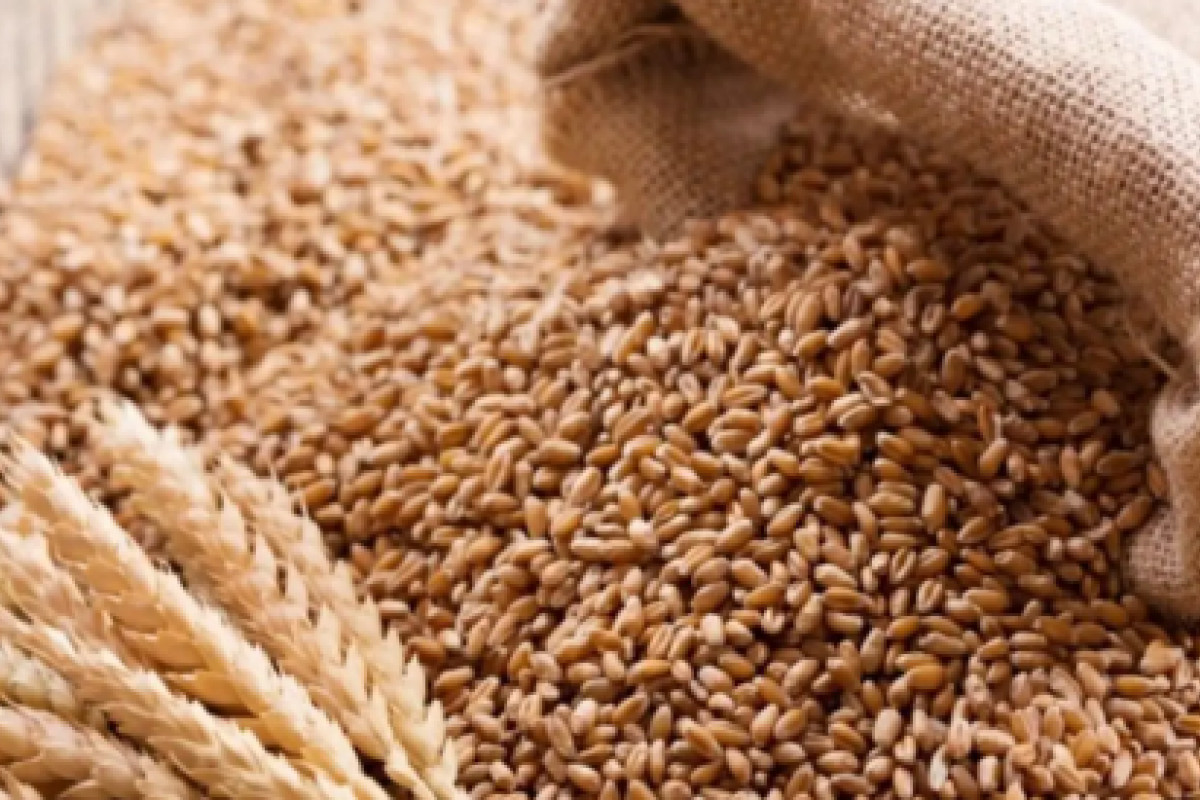A historically dry February has resulted in severe water stress for crops across most parts of the country. The 2024 harvest is expected to be poor and will impact household food access through the post-harvest period, along with high food prices and limited access to income-earning opportunities leading to crisis outcomes in typical deficit-producing areas in the south, east, west, and extreme north. In typical northern surplus-producing areas, stressed outcomes are likely to be present through much of the projection period as households will likely be able to meet their minimum food needs from a below-average 2024 harvest and market purchases, but high prices and lower than normal purchasing power will limit their access to non-food needs. Similarly, most urban areas are expected to be stressed as poor households are likely to be able to meet only their basic food needs, but high prices and limited income-earning opportunities will limit household access to non-food needs.
Grain market supplies are expected to be below normal across the country throughout the outlook period. Low market supply and high demand will keep grain prices higher than the five-year average, with the seasonal decline in prices in the harvest and post-harvest periods unlikely to occur. Most households are likely to rely on maize meal due to its likely higher availability than maize and traditional or small grains. A higher-than-normal national cereal deficit is expected to lead to above-normal grain imports throughout the outlook period. South Africa will likely continue to be the main source of maize imports.
Water and pasture conditions are expected to be poor, especially in typically low rainfall areas following cumulatively below-average rainfall that has limited pasture regeneration through the rainy season. Poor livestock body conditions, particularly for cattle, will likely lead to higher-than-normal livestock deaths in the dry season as the limited pastures deplete and high prices limit access to supplementary feeds. Poor water availability and access are also expected to negatively impact household engagement in casual labor, construction-related activities, vegetable production and sales, and other livelihood and coping activities. An increase in human-wildlife conflicts is expected in some areas bordering parks and forests as wild animals seek water and food among communities.
The high and likely continued increase in exchange rates will
likely keep ZiG prices well above normal, with price rises also likely in USD
as the high production and transportation costs are passed onto the consumer.
An increase in the cost of living in ZiG and USD will increase the proportion
of households unable to afford basic food needs despite food commodities being
generally available on the market. Poor households are likely to increasingly
engage in consumption and livelihood-based coping strategies to meet their food
needs. Government, donors, humanitarian partners, and other stakeholders should
prepare for high food assistance needs throughout 2024, with a likely need to
further scale up humanitarian assistance in late 2024 and early 2025, given an
anticipated earlier-than-normal start of the 2024/25 lean season.

